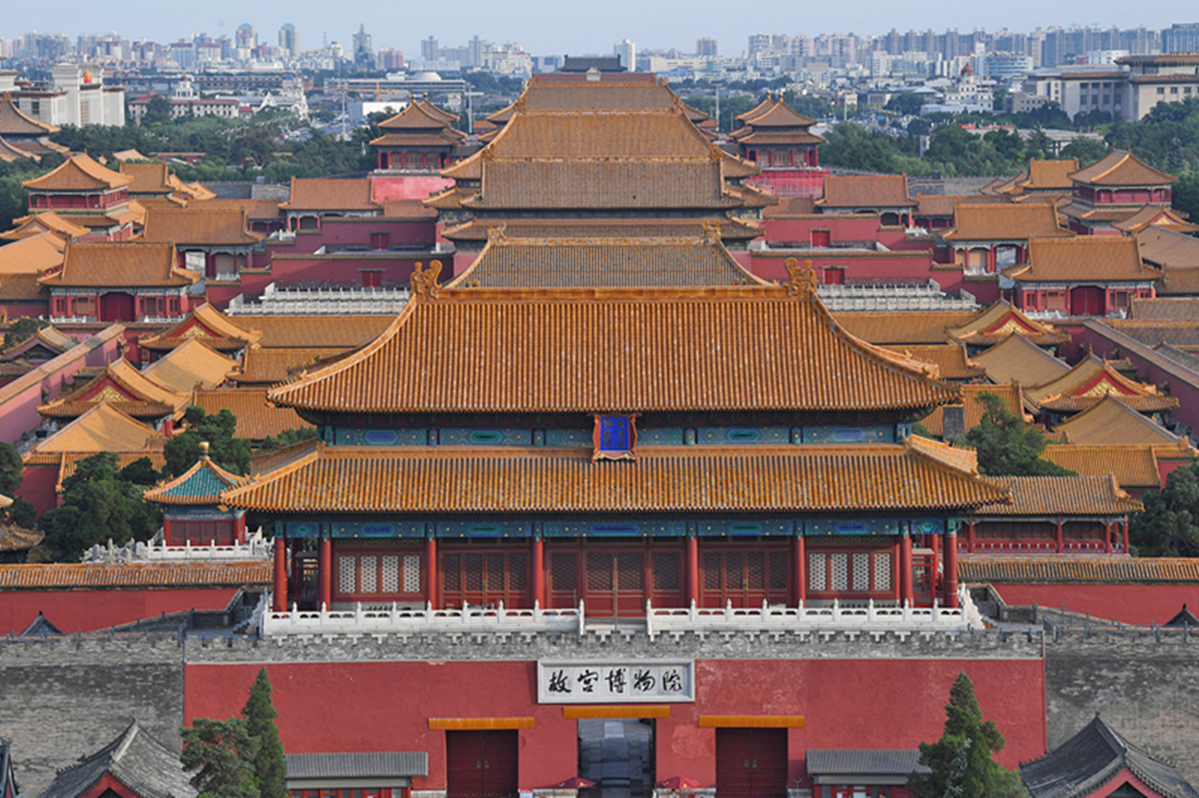The Forbidden City: Imperial palace from the 15th to the 20th century


The Palace Museum, also known as the Forbidden City, was the imperial palace of the Ming and Qing dynasties. Located at the center of the central axis, it represented the supreme imperial power.
Construction of the Forbidden City started in 1406, the fourth year of the Yongle reign during the Ming Dynasty, and was finished in1420. Centered on the Three Grand Halls, the City covers an area of about 720,000 square meters and has more than 70 structures of different sizes. It is encircled by ten-meter-high walls and a 52-meter-wide moat. There are four gates that open at the four cardinal sides of the City.
Two parts comprise the Forbidden City. The outer imperial court that occupies the southern area of the City was for holding state ceremonies. The inner quarter that occupies the northern part of the City was where the emperors and their families lived. An imperial garden is attached to the northernmost part of the imperial palace. The whole palace is strictly symmetrical and orderly distributed around the central buildings, showing the imperial majesty.
On October 10, 1925, the Palace Museum was officially opened to the modern world, and in 1987 it was inscribed as a World Cultural Heritage site.




